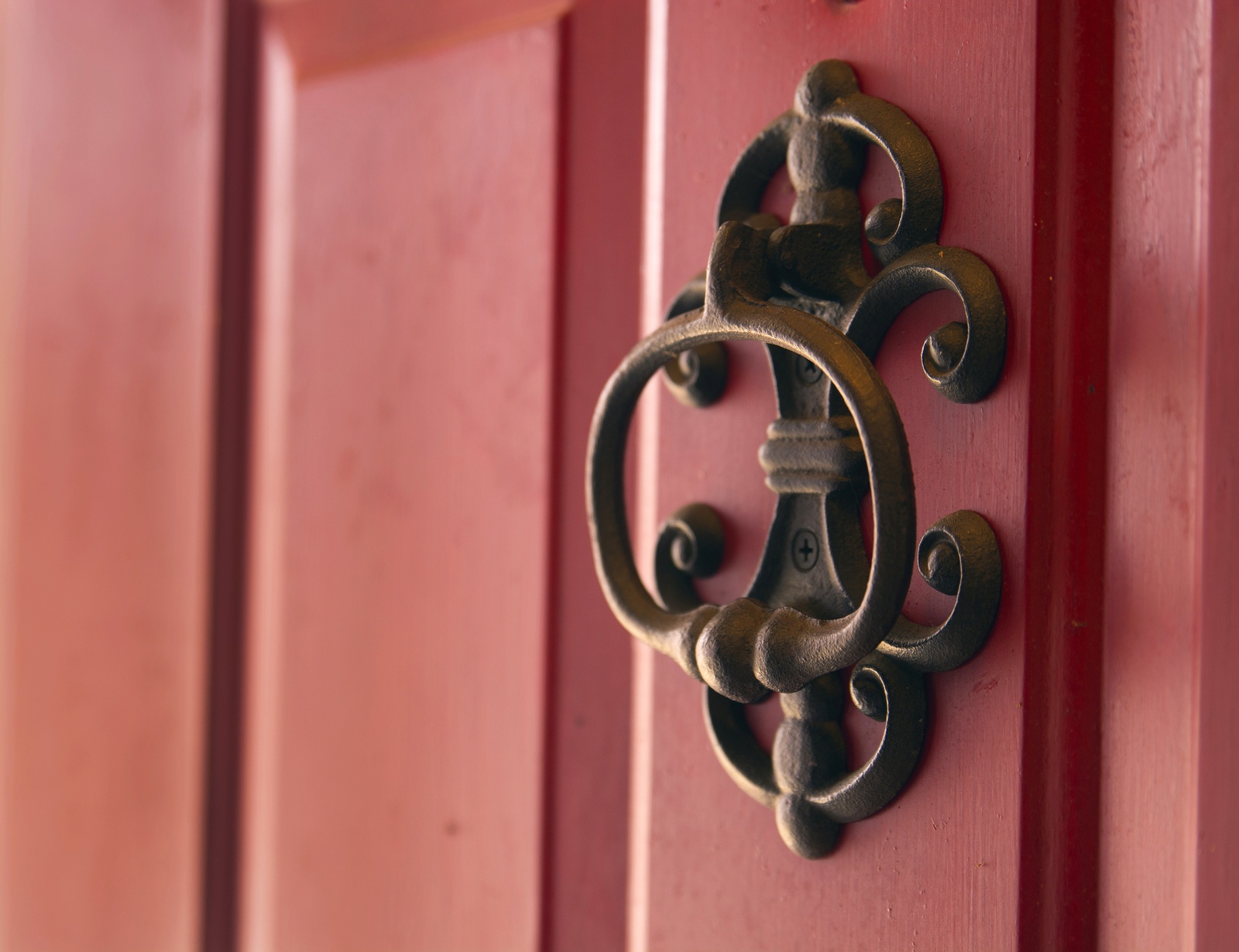Like most owners of old houses, your renovation plans probably include matching as many of the authentic building parts – doors, flooring, fixtures, and millwork – as possible. It is possible to find reasonably priced, period materials by shopping the salvage market.
Architectural antiques often have regional idiosyncrasies, so looking for items appropriate for your old house renovation from local sources makes sense.
Contacting Salvage Dealers
Start with local business directories. Use the internet to search for "salvage" or "architectural salvage," or your exact need, such as "old lighting fixtures." Salvage companies usually have physical yards and warehouses to display their inventory. Many also use websites to provide basic information about how to contact, hours, and what kind of items are available. Some architectural salvage businesses use online ordering and sales exclusively.
Searching locally is more than a matter of convenience. There is an advantage in being able to rummage through the inventory for the perfect item. Since not every dealer uses a sensible organization system, make sure that you know exactly what you are seeking. Photos or drawings are very helpful when faced with random piles of merchandise.
Architectural Salvage Items
Here are some salvage items and advice on how to select the quality you want:
Historic Millwork
- While it’s difficult to find an exact match for an existing stairway or porch railing, you can usually find a close fit. Baluster ends can be either square or round; make sure the salvaged pieces will fit into your treads and handrails the same way.
- A period mantel is likely to have dimensions different from one designed for a modern firebox, so make sure both the outer and inner dimensions correspond to your hearth opening.
- Doors come in all shapes and sizes. Many dealers group them that way. Measure carefully (height x width x thickness) and buy a door sized to your needs. Taking more than 1? off any edge may substantially weaken the door; even a door 1/4? thicker than the opening won’t fit.
Original Lighting
If you’re buying an antique lamp, ceiling fixture, wall sconce, or fan, be sure to measure any piece under consideration carefully. Reproduction lighting fixtures and fans may not have the full heft and charm of the originals, but then they don’t have to be rewired, replated, or taken apart and scrubbed with metal polish.
Experienced Flooring
Wide floorboards of pine, chestnut, or other old-growth woods are a wonderful alternative to new hardwoods. Some of the choicest have been salvaged from attics, where they escaped paint, nails, and wear. In the East, the most commonly available woods are white pine, hemlock, spruce, and chestnut Experienced dealers may re-mill the flooring to get rid of imperfections and warps and to make the dimensions consistent. Whether re-milled or not, salvaged floor boards should be warp-free. Tongue-and-groove edges should be in good condition.
Vintage Plumbing
Old sinks, bathtubs, and even commodes are still sought after, even though reproductions made from the same molds are readily available and almost indistinguishable. Salvage and reproduction pieces are about the same price. Since the spread between hot and cold water faucets is different today, the best buys have the fittings attached. Also, some localities prohibit the reuse of old toilets or require that only low-flush toilets be installed. Look over any potential purchase carefully.
Period Hardware
Many dealers sell a wide variety of refurbished hardware like doorknobs with all the fittings With a little searching, it's possible to find enough sets to outfit an entire house. Expect to pay a bit more for period hardware than for reproduction.
Reclaimed Stone & Tile
Expect to find only high-quality stone, terra cotta, or carved stone units at architectural salvage yards. Unless there is severe damage, age will only soften and improve old stone, although stained marble will stay that way.
Source: This Old House
Renaissance Development, a leader in brick restoration and historic preservation, specializes in the restoration of a historic brick building’s mortar joints using traditional methods (tuckpointing) and materials. Contact us for a free site visit and project quote.





